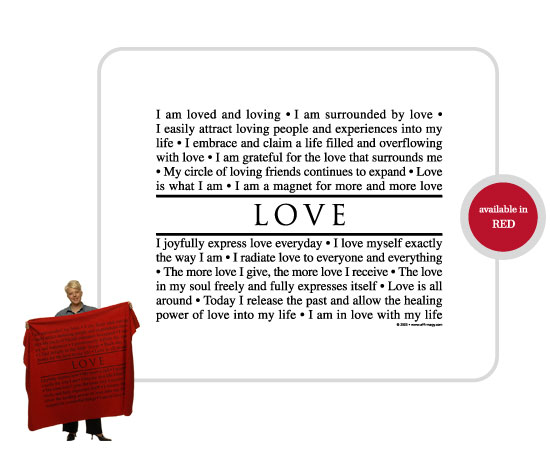Living with multi-connected relations, one encounters with many problems of communication every day. The most common cause that one can easily think of might occur between males and females. Joyce Maynard states in her essay, “His Talk, Her Talk,” that it’s because of the “innate differences between men and women”(30). In the same vein, Mark A. Sherman and Adelaide Hass state in their essay, “Man To Man, Woman To Woman,” that it’s because the “spoken language serves different functions for the sexes”(32). Both essays simply categorize in general the problems of communication with the opposite sex. Speaking of married couples problems of communication, however, should be differently dealt with from the general male-female problems of communication.
This is because marriage which is not just any ordinary event, but very special. Marriage means one unites with the other in holy matrimony based on only love. Thus, guidance for married couples problems of communication should be more specific to the individual situation, illustrate its examples of contemporaneousness, and suggest a positive viewpoint to solve their conflicts. Maynard’s essay, “His Talk, Her Talk,” talks about only the surface of typical married couples lives based on her experience in a casual style. Maynard generalizes such a thing as “men’s talk” or “women’s talk,” and concludes it’s a natural instinct to seek out one’s own sex. Men and women both, she states, “talk about life, love, happiness and heartbreak,” yet their styles, which she explains, as “a one-sentence summary” versus “three quarters of an hour describing,” are different to emerge to the point (31). Similarly, yet in a formal way, Sherman and Hass’s essay, “Man To Man, Woman To Woman,” illustrates much variation within each gender in the style and function of conversation from their research project. Sherman and Hass categorize men and women in different ways and their different purposes in using language. The difference in using language between men and women, they state, is that men use it for “the feeling of freedom that comes from not having to watch what you say,” versus, women who use it for “the feeling of relief and joy that comes from another human being truly understanding you”(34).
These writers scratch the surface of the difference that men are used to fast-paced conversations with their easiness and practical pragmatic aspects, and that women are used to careful listening to others with understanding and sensitive empathy with their emotional support. They simply impute their problems of communication to male-female innate differences. Also, these two essays display the same old-fashioned typical stereotype that men and women should recognize their origin that they are two different species on the planet. Moreover, both essays reach the conclusion that there is no reason to adopt the other’s style, and to simply respect the nature of the other gender. What the two essays advise is not the way for married couples to perceive the circumstances. If married couples do as the writers suggest, their problems will remain forever. The writers should, at least, propose an articulate suggestion to overcome obstacles for married couples.
Human beings are different in their nature, their appearances and characters, as well as their preferences and personalities. Even though they like to stay in their comfortable stages, one marries another because of love. Marriage means two different individuals become a perfect “One” combining two different halves. Therefore, the writers should step ahead to lead the married couples, stretching their characters to meet what the other half needs, in order to cope with problems of communication. Ultimately, the writers should appeal to married couples to see each other’s different points of view, and make them realize what was missing in their married life. Here are some samples of wedding vows, which I feel describe all married couples very first and best reasons to marry, and they should be remembered all the time:
“I choose you to embark upon this great journey of marriage with me, as my partner, best friend and soul mate. Together, we will be better than we could be alone and share our love with the world. When you need someone to encourage you, I want it to be me. When you need a helping hand, I want it to be mine. When you have something to share, share it with me. I vow to always keep my love as pure as it is today. This is my promise to you”(Wedding Vows).
Therefore, marriage guidance for newly married couples should be dealt with from a different point of view than the general problems of male-female communication. Marriage guidance counseling should deal with more specific events, touch in deep their causes and consequences, and propose a positive viewpoint to solve their conflicts based on love.
Works Cited
Maynard, Joyce. “His Talk, Her Talk.” Robinson, William S., and Tucker, Stephanie 30-31. Robinson, William S., and Tucker, Stephanie. Texts and Contexts, A contemporary Approach to College Writing. 4th ed.
Sherman, Mark A., and Hass, Adelaide. “Man To Man, Woman To Woman.” Robinson, William S., and Tucker, Stephanie 31-34.
Wedding Vows. Brilliant Wedding Pages. 17 Sept. 2006. Wedding Vows – Pledges. 25 Sept. 2006 <http://www.brilliantweddingpages.com/couples/sample_vows.asp>.
'Life > e—fellow—friendship' 카테고리의 다른 글
| How To Avoid The FLU (0) | 2006.11.14 |
|---|---|
| [스크랩] Keep in Touch (0) | 2006.11.10 |
| [스크랩] [와이즈 도덕경] 道德經 꼬리글 모음... (0) | 2006.08.04 |
| [스크랩] A Perfect Summer... (0) | 2006.08.02 |
| To my Sisters... (0) | 2006.07.12 |


